Over the past 30 days, air pollution levels have varied significantly across the globe, influenced by seasonal changes, weather patterns, and human activities.
Asia
Dhaka, Bangladesh
Dhaka experienced a notable improvement in air quality due to the monsoon season. The AQI ranged from 58 to 90, with the city ranking between 13th and 44th globally for poor air quality on different days. Consistent rainfall helped reduce particulate matter in the air, marking this improvement.
Delhi, India
Delhi’s air quality remained a concern, with AQI scores frequently in the ‘unhealthy’ category. The capital recorded several days with AQI values exceeding 150, primarily due to vehicular emissions and industrial activities, exacerbated by high temperatures and low rainfall.
Beijing, China
Beijing reported fluctuating air quality, with AQI levels ranging from ‘moderate’ to ‘unhealthy’. The city experienced severe dust storms in late June, contributing to spikes in PM10 and PM2.5 levels. Efforts to control industrial emissions and promote green transportation showed some positive impact.
Middle East
Dubai, United Arab Emirates
Dubai’s air quality has been poor, with AQI scores often in the ‘unhealthy for sensitive groups’ category. The city's rapid construction activities and vehicular emissions have been major contributors. On several occasions, AQI levels reached 139, placing it high on the list of cities with poor air quality.
Europe
London, United Kingdom
London maintained relatively good air quality compared to global standards, with AQI values mostly in the ‘moderate’ range. The city experienced occasional spikes due to increased traffic and construction activities. Efforts to reduce emissions through policies promoting electric vehicles and low-emission zones continued.
North America
Los Angeles, USA
Los Angeles faced several days of poor air quality, primarily due to wildfires in the surrounding areas. AQI levels reached ‘unhealthy’ categories, with PM2.5 levels being the primary pollutant. The city’s efforts to combat air pollution included issuing health advisories and promoting air quality awareness.
Mexico City, Mexico
Mexico City experienced fluctuating air quality, with AQI values ranging from ‘moderate’ to ‘unhealthy for sensitive groups’. Industrial emissions and traffic congestion were the main contributors. Authorities emphasized the importance of air quality monitoring and public health advisories.
Africa
Kinshasa, Democratic Republic of the Congo
Kinshasa topped the list of cities with the worst air quality on multiple days, with AQI scores often exceeding 160. The city’s air quality issues stem from industrial activities, poor waste management, and heavy traffic. Efforts to improve the situation included awareness campaigns and promoting cleaner technologies.
Oceania
Sydney, Australia
Sydney maintained good air quality overall, with AQI values mostly in the ‘good’ to ‘moderate’ range. The city faced occasional pollution from bushfire smoke, but extensive measures to control emissions and promote green spaces were effective in maintaining relatively clean air.
Conclusion
The past 30 days have highlighted the ongoing challenges and efforts in managing air quality across different regions. Seasonal weather patterns, industrial activities, and urbanization continue to impact air pollution levels. Global cooperation and sustained efforts to implement effective air quality management practices are essential to mitigate the adverse health effects associated with poor air quality.



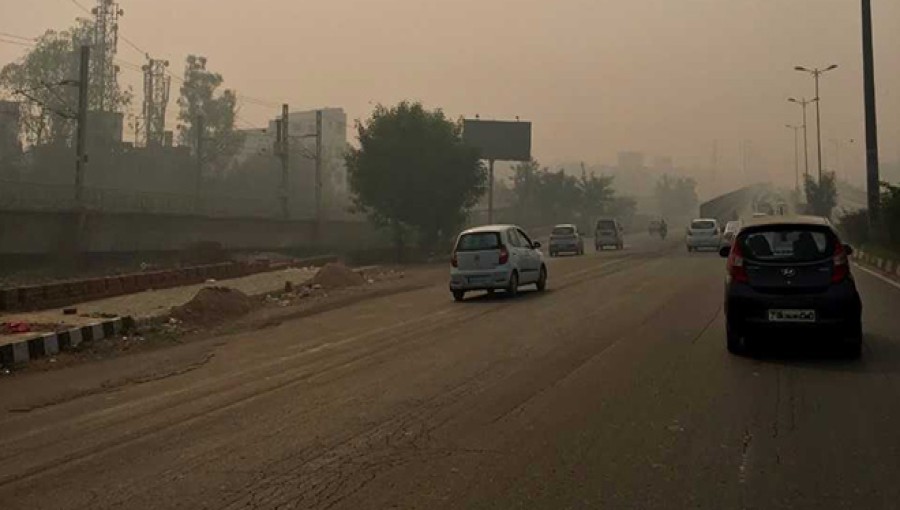
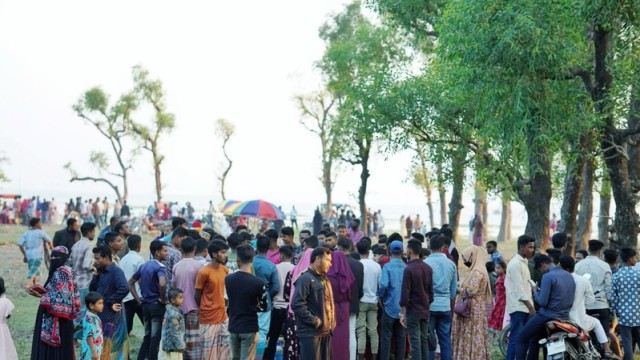
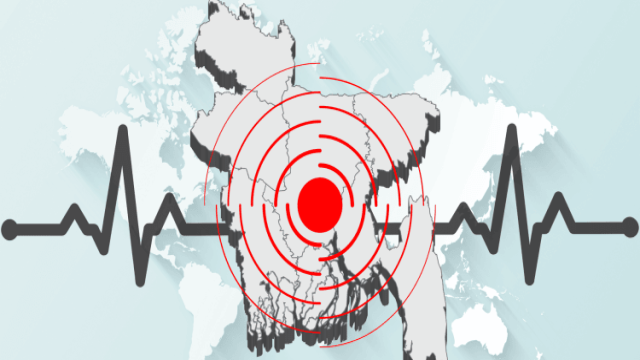


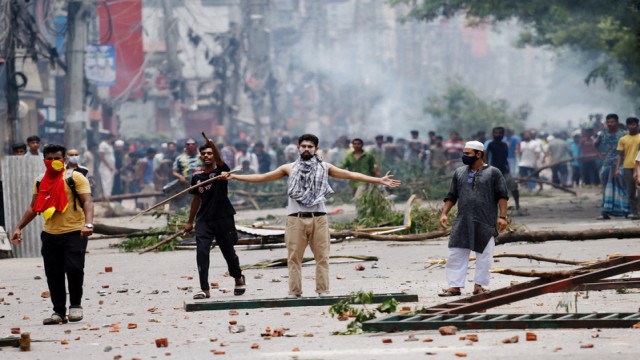

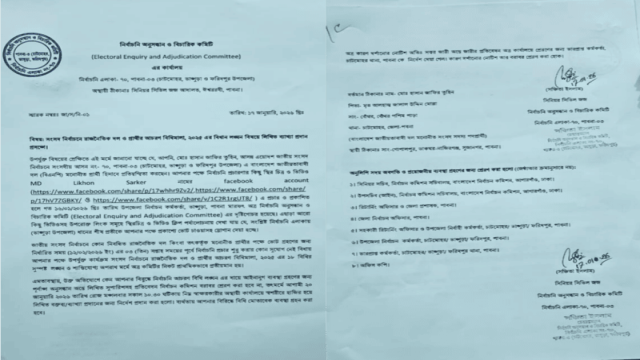







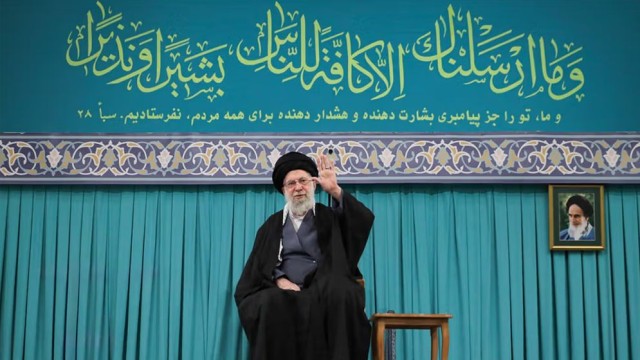



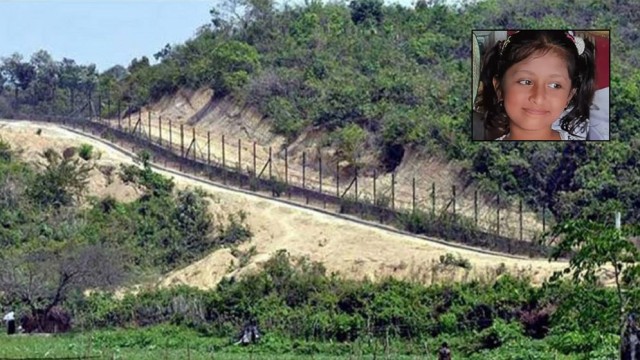



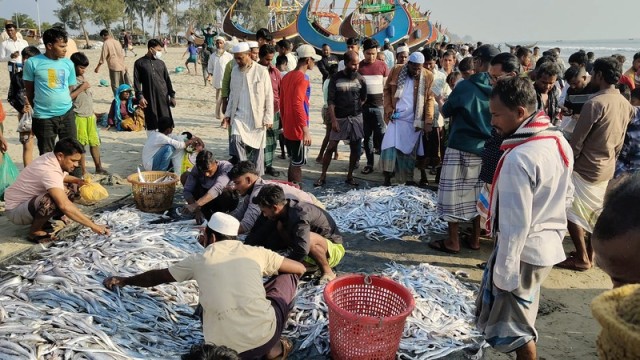

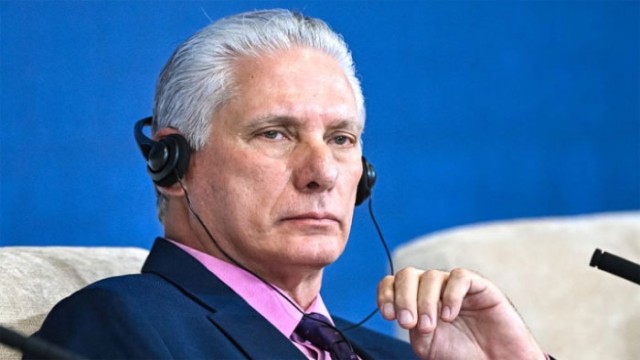


Comment: